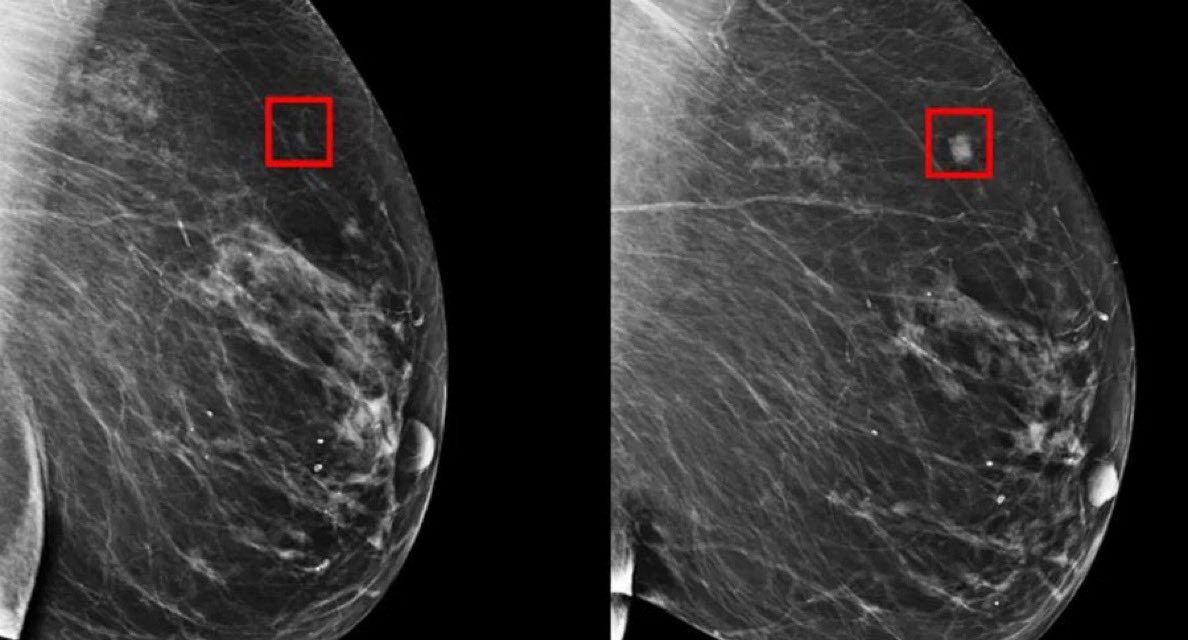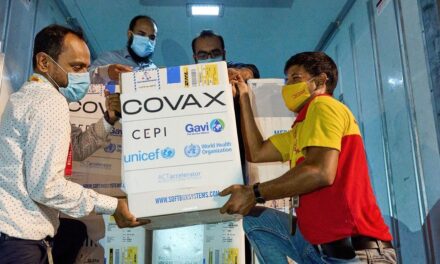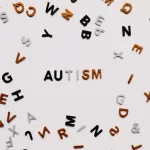A new study conducted by Columbia University Mailman School of Public Health has revealed a concerning rise in early-onset breast cancer among women under 40 across the United States, with notable geographical variations. The research, published in the journal Cancer Causes & Control, suggests that incorporating location-based data into risk assessments may improve predictions and early identification of at-risk groups.
Geographical Variations in Breast Cancer Incidence
Led by Rebecca Kehm, Ph.D., assistant professor of Epidemiology at Columbia Mailman School, the study examined breast cancer trends from 2001 to 2020 using data from the U.S. Cancer Statistics database. Researchers analyzed age-adjusted incidence rates, calculating the average annual percent change across different states and regions.
The findings indicate that breast cancer incidence in women aged 25–39 has increased by more than 0.50% per year in 21 states. The Western region exhibited the highest rate of increase, while the Northeast recorded the highest absolute incidence among young women. In contrast, the South was the only region where rates remained stable or declined over the study period.
The five states with the highest rates of early-onset breast cancer were Maryland, New York, New Jersey, Hawaii, and Connecticut, where incidence reached up to 41 cases per 100,000 women. Meanwhile, Wyoming had the lowest rate at 28.6 per 100,000.
Disparities by Race and Ethnicity
The study also highlighted racial and ethnic disparities in early-onset breast cancer trends. Non-Hispanic Black women had the highest incidence rates across all regions, while Hispanic women exhibited the lowest rates, varying from 26 per 100,000 in the Midwest to 32.6 per 100,000 in the Northeast. Additionally, non-Hispanic White women were the only group to show a statistically significant increase in incidence across all four U.S. regions.
Potential Risk Factors and Future Research
Researchers emphasize that the increase in breast cancer cases cannot be solely attributed to genetic factors, which evolve over much longer timeframes, or to screening practices, as routine mammography is not generally recommended for women under 40. Instead, they suggest that environmental exposures and lifestyle factors, such as alcohol consumption, may play a role in the rising incidence rates.
“The increase in incidence we are seeing is alarming and cannot be explained by genetic factors alone,” said Kehm. “Studying how trends vary across different population subgroups can offer valuable insights and help generate hypotheses for future research.”
Senior author Mary Beth Terry, Ph.D., professor of Epidemiology at Columbia Mailman School, emphasized the importance of examining environmental and behavioral factors. “Investigating the role of alcohol consumption and state-level alcohol policies could be key in understanding these disparities,” she noted.
Implications for Early Detection and Prevention
The study underscores the need for more targeted public health strategies and further research into environmental and regional risk factors. By integrating geographical data with established breast cancer risk factors, researchers hope to enhance early detection efforts and identify high-risk populations who might benefit from more proactive screening and preventive measures.
As the incidence of early-onset breast cancer continues to rise, understanding the role of geography and other contributing factors remains crucial in developing effective prevention strategies and improving health outcomes for younger women.
Disclaimer: This article is based on findings from the study published in Cancer Causes & Control and does not constitute medical advice. Individuals concerned about breast cancer risk should consult a healthcare professional.












